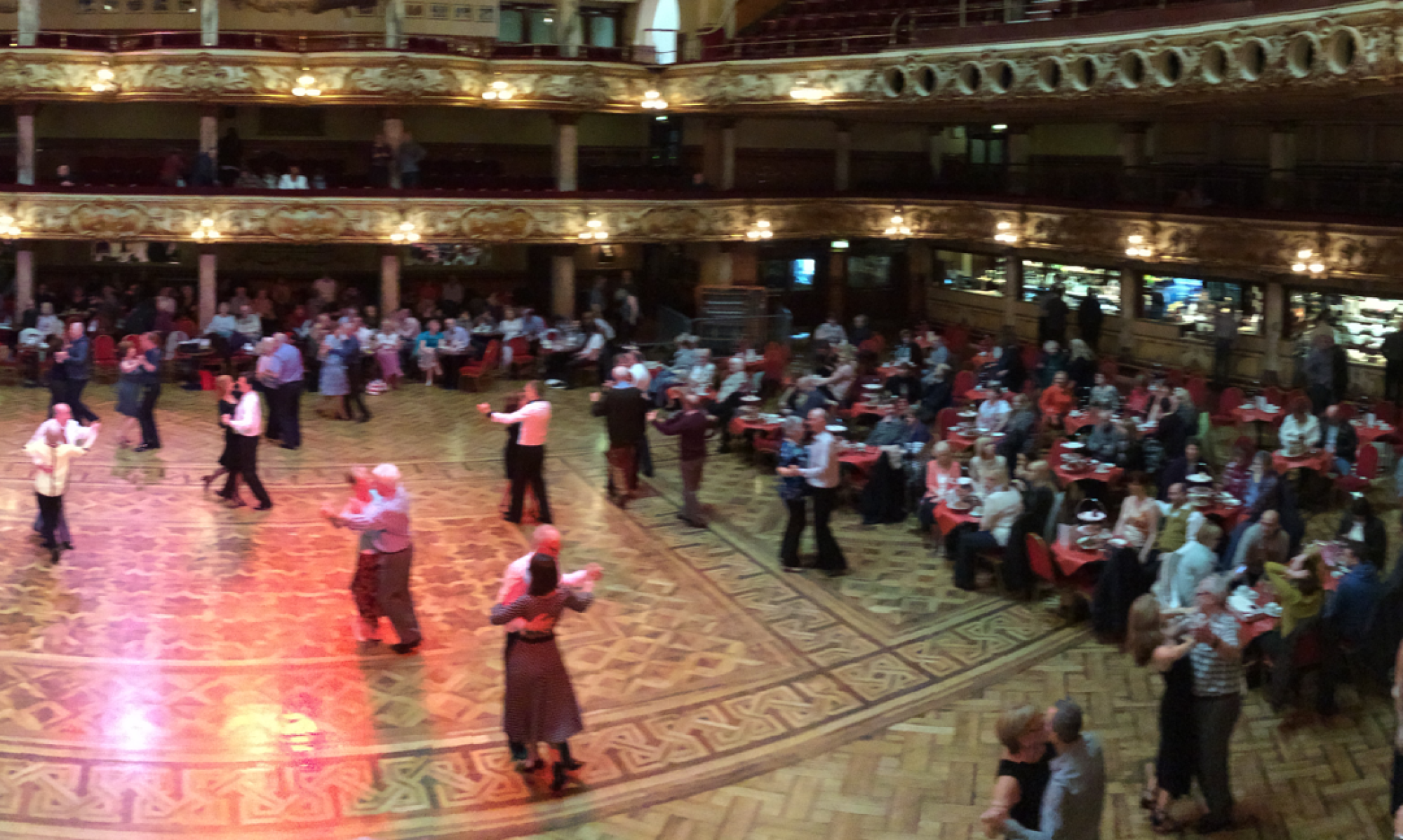There’s a saying: Paralysis by analysis. It means the more we over-think something, the less we feel what the correct action should be.
Our feelings and instincts might not count for so much when say, trimming your nails, but they count for most of what makes dancing feel like dancing. Continue reading “Avoiding Over-thinking on the Dance Floor”
We’ve already covered how crucial it is to stretch your muscles before you dance, to avoid benching yourself with an injury for weeks, or longer. Our muscles must also be strong enough to support the rather unusual positions we take on the floor. So, what are the most important ballroom dance muscles? And how do they help us move and look our best during our favourite song?
Continue reading “Ballroom Dance Muscles You Need to Know”
Like a certain Depeche Mode song, there’s some techniques in dancing you just can’t get enough of. Tricky body movements that can take a lifetime of training to master. Here’s some common dancing exercises worth adding to your routine. Continue reading “Dancing Exercises for Any Level”
Last week, we examined the importance of stretching to prevent injury, the main muscle groups involved, and a sample stretch to use for each. Now, let’s look at some tips that help you get the most from each stretch.
Continue reading “Ballroom Dancing Stretches:”
What if you didn’t have to have your instructor looking over your shoulder to improve your dancing? What if you could figure out what was holding you back and correct it all on your own?
Don’t get me wrong: virtually all of us need expert advice from time to time to avoid practicing bad technique.
But with a little body awareness and a lot of patience, we can make the lessons we’ve learned go a lot farther when we take it from the studio floor to the practice floor. Continue reading “How to Improve Your Dancing Without Help”
Last time, we looked at how to make yourself more approachable and more direct when social dancing, scoring yourself more dance partners in the process. Now I’m looking at you, ladies. You know this is the age of equality, and that you can unashamedly ask a gent to dance without getting cut-eye from his friends.
Going social dancing can feel like a crap-shoot, when it comes to whether it will be a ‘good dance night’. After all, who hasn’t had to endure a string of ladies who all had ‘headaches’, or men who seemed to ask all your friends but you? The key to increasing your social dance popularity isn’t simply learning more dance steps – or wearing less clothes.
Turns are a huge part of any dance, and spot turns are probably the most common of the lot. So it’s amazing how few dancers know how to do it properly. As I’m sure you know, a poorly executed turn can lead to wrenched arms, loss of balance, or even a nasty fall. Here then, is a quick look at the basics for leading and following a smooth and comfortable spot turn.
Google ‘dancing shoes’, and you’ll quickly find there’s plenty of options to choose from. 1” to 3” heels. Open toes and closed. Snug or loose fit. It’s enough to make many would-be dancers throw up their arms and try and make do with running shoes and stilettos.
Fortunately, buying your first dance duds is a lot easier if you focus on a few simple criteria. But first, why do we need dance shoes anyway?
Welcome to one of the most overlooked elements in beginner ballroom dancing – and one of the most important. Step on your partner’s feet a lot? Feel off balance frequently? Having trouble connecting with your partner, or feeling the lead or follow? You can blame most of that on a poor ballroom frame.
The ballroom frame has many definitions, but my favourite is one quoted teacher and friend, Arpad Raymond:
Continue reading “The Basics of Ballroom Dance Frame”
